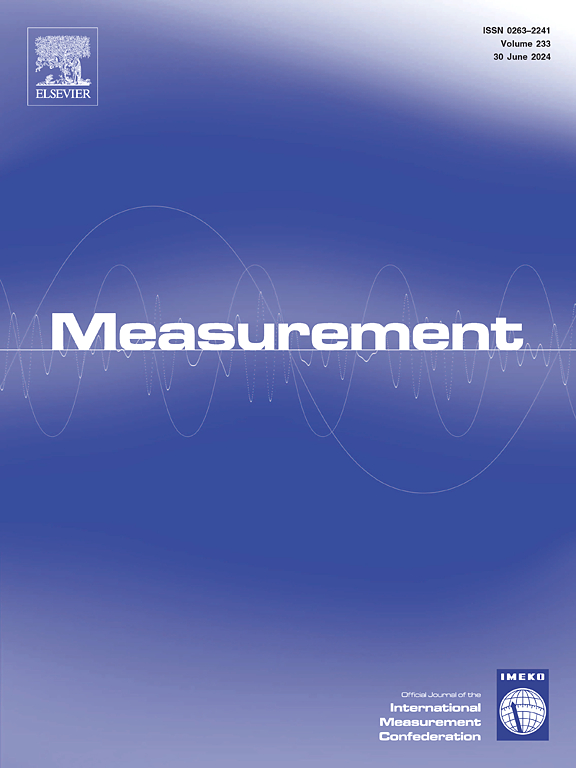用于监控盲区公路交通数据插值的 ST-Copula 方法
IF 5.2
2区 工程技术
Q1 ENGINEERING, MULTIDISCIPLINARY
引用次数: 0
摘要
全面了解高速公路监控盲区(MBA)的交通状况对交通管理非常重要。然而,由于完全缺乏历史数据,包括张量分解和深度学习算法在内的传统交通数据估算方法无法奏效。本文基于空间统计学理论,提出了一种时空 Copula(ST-Copula)方法,用于插值 MBA 中的交通数据。首先,根据观测点数据序列,通过数据拟合得到相应的边际分布函数。然后利用 Copula 理论将这些边际函数聚合成一个联合函数。其次,利用空间变化函数构建时空相关矩阵来描述交通数据的依存结构,并采用最大似然法估计参数。最后,根据空间位置构建条件概率密度函数,并应用蒙特卡洛采样法推导出 MBA 的交通数据。根据上述方法,收集了浙江省某高速公路的车速数据,以评估 ST-Copula 模型的有效性。结果表明,与基于 Kriging 和 Copula 的方法相比,ST-Copula 在各种条件下的 MAPE 值和 RMSE 值分别降低了 36.4% 和 34.8%。ST-Copula 减少了传统空间统计方法中固有高斯假设的局限性,在处理高时空变异性方面表现出稳健性。所提出的方法证明了从有限的观测数据推断全球交通状况的可行性,可有效地使用较少的探测器监测整个道路网络,从而降低道路建设成本并快速应对紧急情况。本文章由计算机程序翻译,如有差异,请以英文原文为准。
A ST-Copula method for highway traffic data interpolation in monitoring blind areas
A comprehensive understanding of the traffic situation in the Monitoring Blind Areas (MBA) of highway is very important for traffic management. However, the complete absence of historical data renders conventional traffic data imputation methods, including tensor decomposition and deep learning algorithms, ineffective. In this paper, a Spatio-temporal Copula (ST-Copula) method is proposed based on the theory of spatial statistics to interpolate traffic data in MBA. Firstly, based on the data series of observation points, the corresponding marginal distribution functions are obtained by data fitting. These marginal functions then be aggregated into a joint function using Copula theory. Secondly, a spatiotemporal correlation matrix is constructed with the spatial variation function to describe the dependent structure of the traffic data, and the maximum likelihood method is adopted to estimate the parameters. Finally, conditional probability density function is constructed according to the spatial location, and Monte-Carlo sampling is applied to deduce the traffic data of the MBA. Based on the above methodology, speed data from a freeway in Zhejiang Province are collected to evaluate the effectiveness of the ST-Copula model. The results showed that compared to Kriging and Copula-based methods, the ST-Copula achieves reductions of 36.4 % and 34.8 % in MAPE and RMSE values, respectively, across various conditions. ST-Copula reduces the limitations of inherent Gaussian assumptions in traditional spatial statistical methods, demonstrating robustness in handling high spatiotemporal variability. The proposed method demonstrates the feasibility of inferring global traffic conditions from limited observations, effectively allowing the monitoring of entire road networks using fewer detectors, thereby reducing road construction costs and rapid response to emergencies.
求助全文
通过发布文献求助,成功后即可免费获取论文全文。
去求助
来源期刊

Measurement
工程技术-工程:综合
CiteScore
10.20
自引率
12.50%
发文量
1589
审稿时长
12.1 months
期刊介绍:
Contributions are invited on novel achievements in all fields of measurement and instrumentation science and technology. Authors are encouraged to submit novel material, whose ultimate goal is an advancement in the state of the art of: measurement and metrology fundamentals, sensors, measurement instruments, measurement and estimation techniques, measurement data processing and fusion algorithms, evaluation procedures and methodologies for plants and industrial processes, performance analysis of systems, processes and algorithms, mathematical models for measurement-oriented purposes, distributed measurement systems in a connected world.
 求助内容:
求助内容: 应助结果提醒方式:
应助结果提醒方式:


